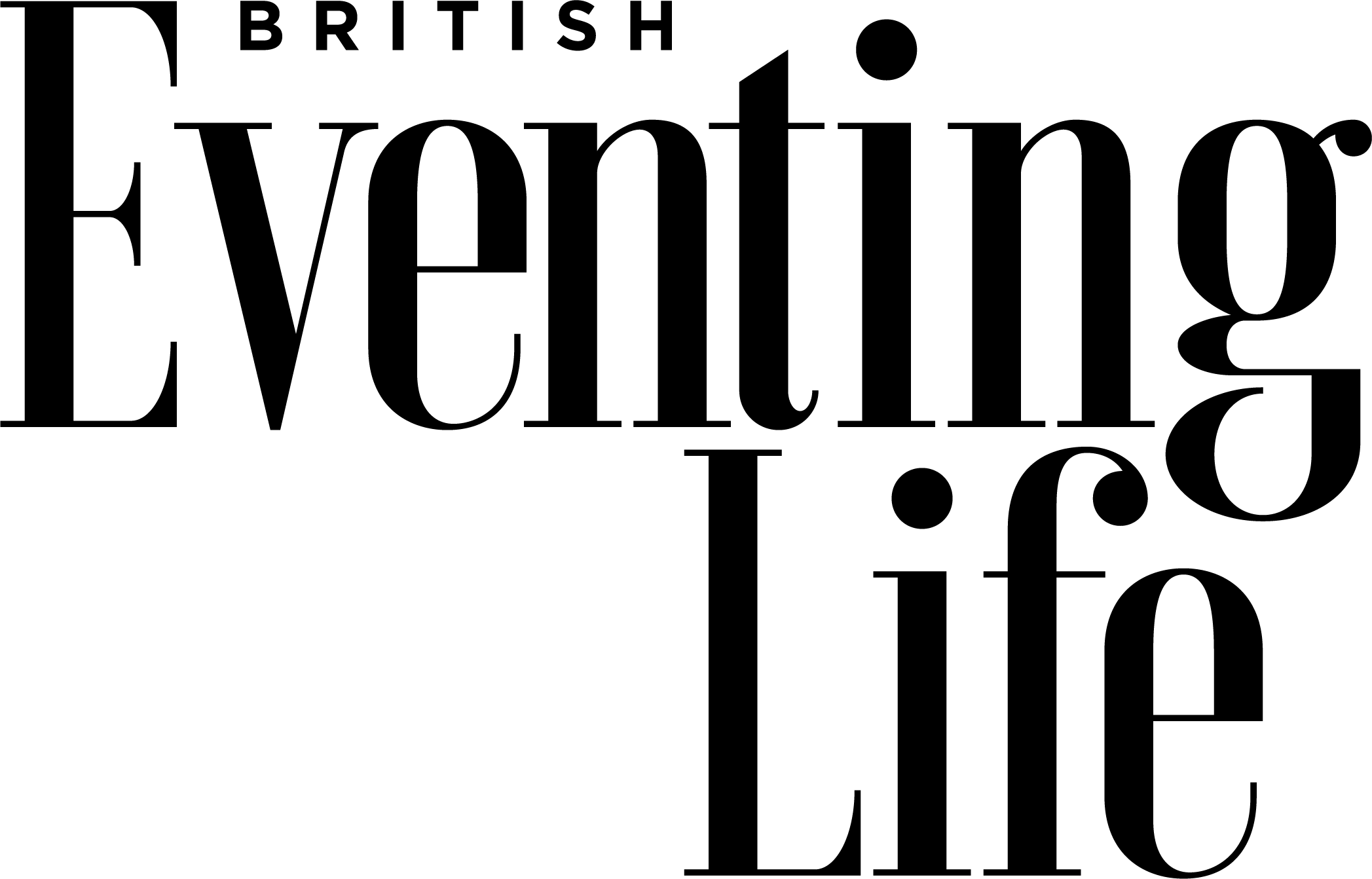
Getting the best out of every phase
Have your ever stopped to think about what the dressage judge is really looking for or why the course designers are asking the questions they are on the jumping courses? Well we took a look at each phase to see where you might be losing marks in the dressage test and some common mistakes to identify in your jumping to help you perform this season.
DRESSAGE
WHAT IS THE JUDGE LOOKING FOR?
- Judges are taught to judge according to the scales of training – and these apply at every level. The first two scales – rhythm and suppleness – are often the ones where event horses come unstuck.
- The rhythm needs to be correct at all times – the walk four-beat, the trot two-beat and the canter three-beat.
- A horse that is not relaxed cannot show suppleness, and this is often an event horse’s undoing. The next scales – contact, impulsion, straightness and collection – can never be truly achieved if the horse is tense.
TRAINING FOR TOP MARKS
- Over- or under-shooting the centre line is common. Make sure you ride into the comer and look for your line early.
- Irregular circles are also common. Make sure you ride into the corner before you begin the circle and then into the corner when you finish.
- Every horse is different, so you need to decide what you need to do to get him at the right place to produce his best in the ring: does he need lunging first? Is he better working for two short spells rather than one? How much time do you actually need so that you are not over- or under-cooking him?
- If you suffer from nerves you should try to re-create a competition environment as many times as possible. Go to a dressage competition and enter three tests in a day – it doesn’t matter if they are the level below, the point is to ride in an arena in front of a judge.
- To get eights, nines and l0s there has to be a higher degree of suppleness, expression and self-carriage.
SHOW JUMPING
WHAT IS THE COURSE DESIGNER TESTING?
- Show jumping course designers are testing control, adjustability, care and the horse’s ability to think for itself.
- As you move up the grades there will be more turn-backs, changes of direction and a greater variety of open and closed distances.
TRAINING FOR TRICKY FENCES
- The majority of eventing show jumping arenas are on grass – often gently undulating and affected by the weather. This makes the challenge of riding a clear round even greater.
- When you go into the arena you should always have a plan. You will often be sent into the ring and told to turn left or right. Don’t wander around and then ride to the first fence on a straight line from a mile out; plan to approach it off a circle so the horse’s hocks are underneath him.
- Body position is particularly important when you are jumping on a gradient. Stay in the middle of the horse at all times to allow him to balance himself and use his shoulders.
- If the ring is muddy it is a good idea to make your turns are either a bit wider or a bit tighter to utilise the better ground. Similarly, jumping at the side of fences will mean you miss the deepest mud in the middle.
- If your horse seems to rush in the last few strides, check first that you haven’t subconsciously triggered this by pushing with your seat. A good test is to canter over a small fence on a large circle standing out of the saddle. After several attempts you will normally feel the horse relax into a regular rhythm because you are not interfering with your seat.
- If you ride the horse at the right pace in the correct balance there is no need to aim for a single take-off spot as the horse is more than capable of coping with a slightly tight or a slightly long distance.
CROSS COUNTRY
WHAT IS THE COURSE DESIGNER TESTING?
- Can you hold a line, adjust the pace, turn left and turn right? You will find corners, skinnies and combinations at every level; the difference is that as you move up the grades, the complexity and intensity of these questions increases and there are fewer let-up fences.
TRAINING FOR TRICKY FENCES
- Don’t train for perfection; train for speed of thought. As you move up the grades the questions on the cross country will come faster and require quicker reactions from both horse and rider.
- Build technical fences, like corners, arrowheads and challenging lines, and do not always approach off a perfect turn on a straight line.
- Both horse and rider should be extremely comfortable at the level they’re at before stepping up.
- Often things go wrong because riders are too cautious and either over- or under-ride fences – both can be dangerous. A negative mindset doesn’t necessarily make you go too slowly – it can make you go too fast. Surround yourself with positive people who are going to give you the right advice at the right time.
Find British Eventing training courses in your area at www.britisheventing.com/training
